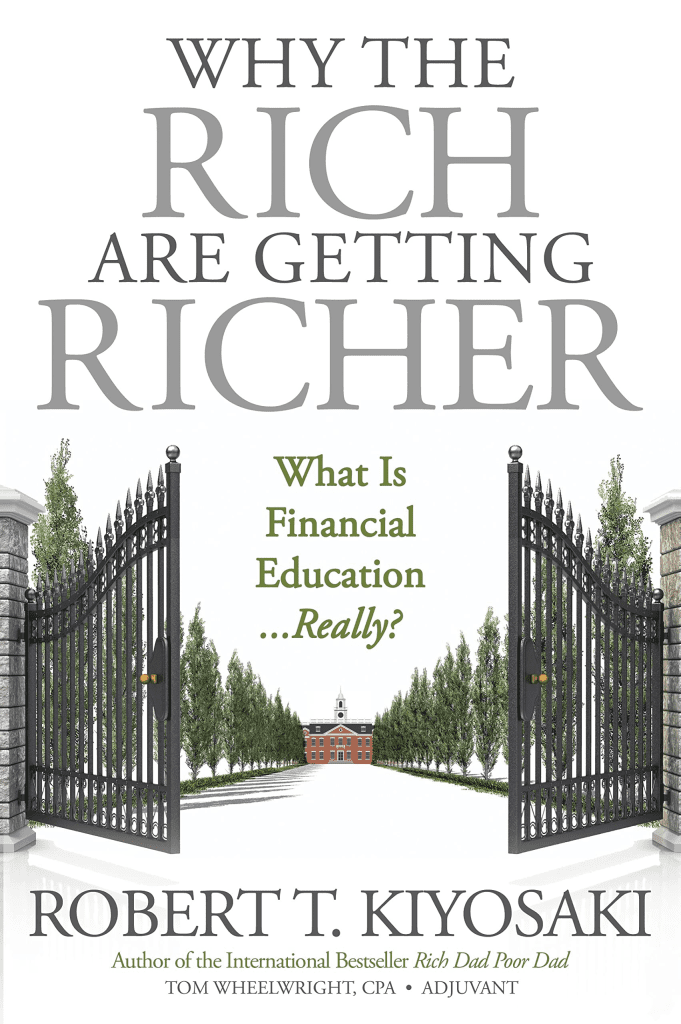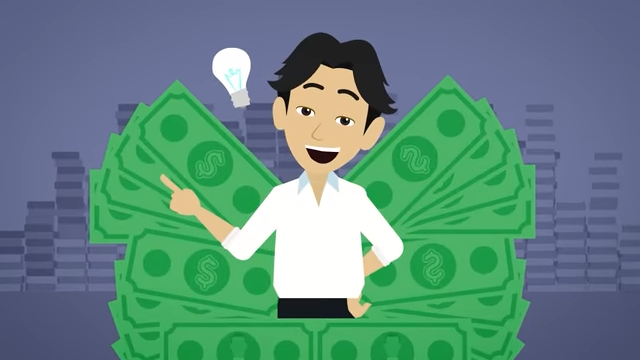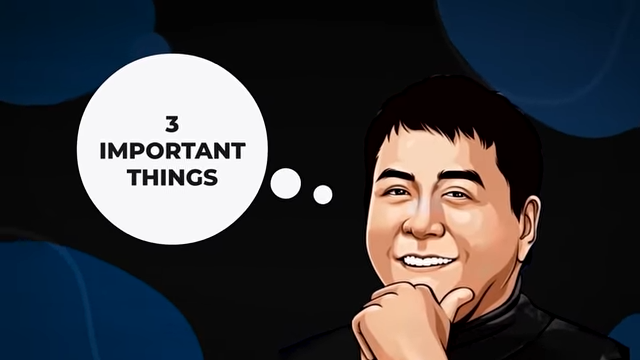Book Summary “Why The Rich Are Getting Richer” By Robert Kiyosaki
According to the World INEQUALITY Report 2022, India is among the top countries with the highest difference between the rich and poor.
India’s top 10% of the population has 57% of the national income. The top 1% in those top 10% own 22% of revenue.
On the other hand, the bottom 50% of people hold 13% of their income. And it’s not about just India. If we consider the world’s population, 50% population of the world owns just 2% of total income.
The top 10% of the world’s population has 75% of the total wealth. And it doesn’t end just here.
The top 1% of those people have 38% of the total wealth. And this inequality is increasing. So, this question should come to your mind. Why rich are becoming richer and the poor becoming poorer?
Why is there extreme polarity? Why do 20% of people have 80% or more wealth? Why does a wealthy person earn so much money in a day that a poor person can’t earn in his whole life?
Robert Kiyosaki tells all these answers in the book ‘Why The Rich are Getting Richer?’ In this blog, I will try to cover the main points of this book through this book summary.

“Why The Rich Are Getting Richer” is a book by Robert Kiyosaki. It is a personal finance book that advocates for financial education and the importance of building wealth through investments in real estate and small businesses. The book also critiques traditional money-making methods, such as relying on a steady paycheck and saving money in a low-interest savings account. The book aims to teach readers how to think and act like the rich to achieve financial success.
Role of Education

According to Robert Kiyosaki, there is only one difference between the Poor, Middle Class, and Rich. The difference is ‘Education.’ Not just formal education but also financial education.
Robert Kiyosaki says rich people are financially educated. They have been giving this education to their children since childhood!
Due to this, rich people’s kids become rich most of the time. Now, what comes with financial education?
3 Major Things That Rich People Know

Robert Kiyosaki focuses on three important things: First is ‘Taxes.’ The Second is ‘Debt.’ The third is ‘Phantom Income.’
Taxes
A boy in my gym has a trainer the same as my trainer. Once, my trainer was telling me how that boy buys iPhones every year.
The most expensive one is the iPhone 15 Pro. When I came to know about it for the first time, I thought he is the one who made unnecessary purchases.
But I was wrong because that person was a businessman, and he could profit by purchasing new devices, like an iPhone, after they released and reselling his almost new previous iPhone model.
They can also take advantage of GST benefits and offers, allowing them to acquire the devices at a lower cost. The author points out that taxes create a disparity between the rich and poor, as wealthy individuals can legally pay fewer taxes than middle and lower-class individuals despite earning more money.
I recently did a podcast with a famous personality called ‘MBA Chaiwala’. He told me, ‘I am not fond of living in 5-star hotels, but my financial advisors say to spend money in 5-star hotels, due to which I can show my expenses and get tax benefits.’
So, if you want to pay minimum tax, you can open your own company again. Just because the government wants businesses to prosper, due to which the economy will boost.
They give a lot of advantages to businesses, the benefit which many times the middle-class people do not get! Because they don’t have businesses.
Debt
Dhirubhai Ambani, the founder of one of the largest business empires in India, built his empire through a combination of savings, partnerships, and bold financial moves. He started a spices business in the 1950s but needed more capital to grow. He raised additional funds by partnering with his wife and gradually making the company profitable.
However, Ambani decided to take a risk by publicizing the company as competition increased. 1978 he raised 2.8 crores rupees by issuing shares to 50,000 middle-class investors. This was a significant risk, but Ambani increased the company’s value from 1.8 crore rupees to 75 crore rupees by his death. This is how the Ambanis became one of the wealthiest families in India.
Debt is often viewed negatively, but the author of this book argues that taking on debt can be beneficial if used to acquire assets rather than liabilities.
For example, the wealthiest man in India, Mukesh Ambani, took a loan of 12,850 crore rupees to invest in his business, Jio.
The author suggests that while middle-class people may save money in a bank account at a 4-6% interest rate, wealthy individuals take out loans at a higher interest rate of 10-12% and invest that money in their businesses where they can earn a return greater than 10%.
Robert Kiyosaki argues that everything has risks, including leaving home and going somewhere. However, wealthy individuals are often willing to take more significant risks. When a business fails, banks often try to recover the loan with other people’s money, sometimes with the help of government-provided money through recapitalization.
Kiyosaki suggests that debt and other people’s money (OPM) can be powerful tools for building wealth if used wisely.
Intelligent business people often raise money from investors through crowd-funding, angel investors, and venture capitalists rather than using their own money. This is a strategy that many wealthy individuals use but is less common among those with less wealth.
Phantom Income
In this book, Robert Kiyosaki says that Phantom Income is like a ghost that exists but isn’t visible. Only the one who has the proper financial education can see it.
Assume a middle-class person wants to buy land, and its price is one crore. He gives a 20% down payment before buying it.
And to pay it, he uses the money left after paying taxes. After-tax deduction on the money you have already earned! Contrary to this, the author says, rich people never buy a house with their own money!
They take money from banks and then purchase real estate. The tax that is saved in this transaction is called phantom income!
I was researching this sector and found some useful software, that many real estate people use to make their work effortless.
You must have seen that sophisticated investors also borrow money to purchase properties because they eliminate tax by lending.
And Robert Kiyosaki says he has built an empire of over 8,000 properties using this simple trick.
How Money Works
In this book, the author also talks about ‘How money works.’ If we talk about financial literacy, India ranks 23rd among 28 countries.
According to the Reserve Bank of India, only 27% of people in India are financially literate. This means most people are not financially literate. Due to this, Many celebrities earn a lot of money in their early career, but again, after some time, they go bankrupt.
Because, sometimes, it’s not just about money; it’s also about managing money! For example, the owner of Chai Sutta Bar, Anubhav Dubey, with whom I’ve done a podcast, also doesn’t come from a privileged background.
But still, he has opened more than 400 outlets. They have generated revenue of more than 150 crores.
The exciting part is that this is not rocket science. That only other people can do, not you! No, you also can do it.
You’ve to focus on budgeting. Focus on increasing income sources and invest at least 20% of the money!
Because remember, ‘It’s not how much money you make, but how much money you keep‘ and how hard that money works for you.
Investing and all these things are very interesting, but to do investing, having money is essential. There are many ways to earn money! There are many skills on which you should focus.
I hope you liked the summary, but if you want to explore the book fully, I suggest you purchase one and read it.







